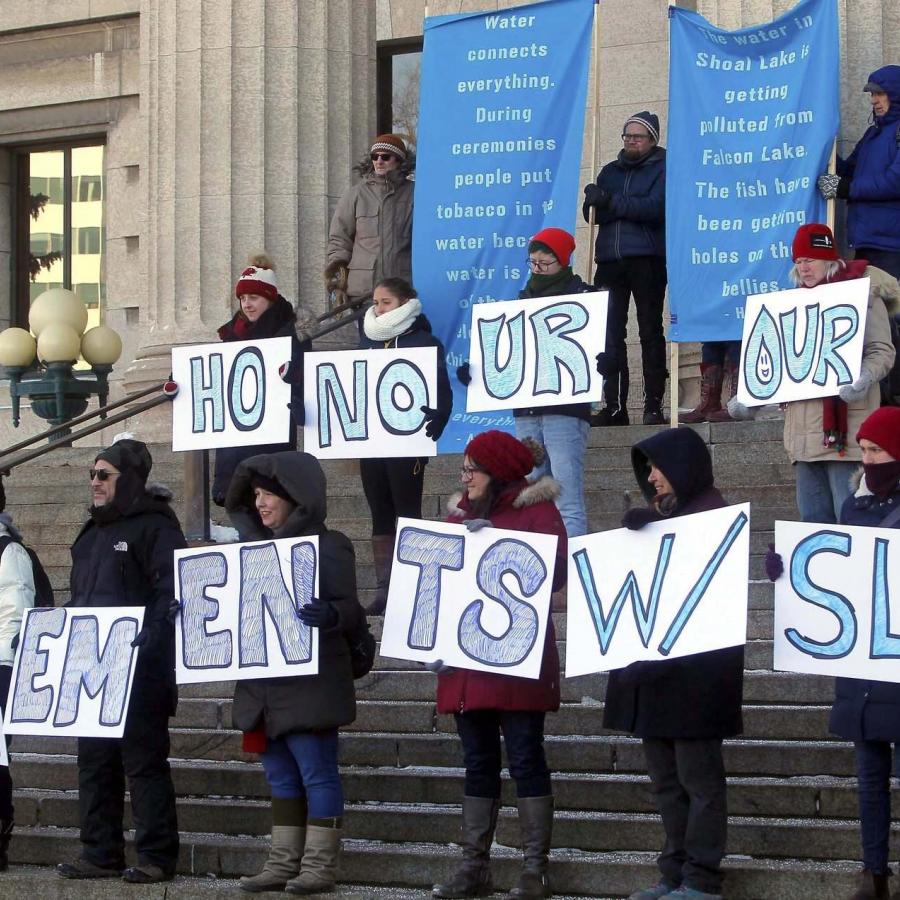Our Case Study From Birchbark Scrolls to Online Activism and Back has been busy this summer securing funding for our trip to the Glenbow Museum in Calgary, Alberta to visit birchbark scrolls created/held by James Redsky and sold to the museum in 1966. The birchbark scrolls convey mnemonic devices, concepts, and historical narratives, along with audio files in which Redsky explains their meanings from his perspective. We plan to digitize the visual scrolls and audio files this fall once funding has been secured. This work follows the completion of 5 NFB documentaries by our artist-in-residence, great-niece of Redsky, Angelina Mcleod (Shoal Lake 40 First Nation).
At the same time, we have been digitizing content from the Winnipeg-based solidarity group Friends of Shoal Lake 40, and Shoal Lake 40’s on-reserve Museum of Canadian Human Rights Violations, to offer the Archive/Counter-Archive education working group materials from which to create an information package for schools in Ontario and Manitoba. Shoal Lake 40 First Nation is on the border between Manitoba and Ontario, and has been on a boil water advisory for over 20 years, while Shoal Lake provides clean water for the city of Winnipeg in Manitoba. The community has been impacted by flooding and many violated agreements with federal provincial and municipal bodies, and this story is important for Canadians to understand as part of the historical archive but also our living history. Digitizing the birchbark scrolls to create an audiovisual installation that includes film dealing with this archive pertains to understandings of Anishinaabeg sovereignty, culture, language, and knowledge, as well as understandings of treaty 3, and we are looking forward to moving forward with this project in 2019-2020 academic year.


